Field Notes
Science New Wave XVI
Works in Progress / Views into Process
DCTV's Firehouse Cinema | Saturday, October 21 @ 7pm
[Tickets Available]
Science New Wave XVI
Works in Progress / Views into Process
DCTV's Firehouse Cinema | Saturday, October 21 @ 7pm
[Tickets Available]
In partnership with DCTV, we're excited to present Science New Wave Field Notes, an exclusive glimpse into the production process with a few of our favorite filmmakers, followed by our Opening Reception
How does an intrepid film make its way, through jungles of images, seas of sound, and often years of conceptualizing and production, to the screen? In partnership with DCTV, we're excited to present Science New Wave Field Notes, an exclusive glimpse into the production process with a few of our favorite filmmakers, and even scientists working with video. The event also serves as launch for the latest feature from our sister-site Labocine, which will now allow the incorporation of filmmaking Field Notes directly into film pages, allowing viewers a deeper dive into fascinating work. Much of the labor of filmmaking -- hours of experiments, outtakes, and test footage, not to mention scrapped scripts, endless interview transcriptions, and deep research into tangential leads -- ends up invisible in the final creation.vThis night of film talks, and Labocine's Field Notes hereafter, offer a glimpse of some of that hidden wealth.
The event will wrap up with a reception, so grab a drink and catch up with some of the filmmakers, meet other members of the Science New Wave, and make plans for your next cinematic expedition. This will serve as our opening party!
The event will wrap up with a reception, so grab a drink and catch up with some of the filmmakers, meet other members of the Science New Wave, and make plans for your next cinematic expedition. This will serve as our opening party!
Including work from:
Carin Leong, Jaydn Gosselin, & Jacob Fertig
Gavati Wad
Jennifer Reeves
Katy Scoggin & David Cohen
Kelly Sutherland
Omar Al-Nakib
Carin Leong, Jaydn Gosselin, & Jacob Fertig
Gavati Wad
Jennifer Reeves
Katy Scoggin & David Cohen
Kelly Sutherland
Omar Al-Nakib
Carin Leong
Jaydn Gosselin
Jacob Fertig
Balancing Realms: Navigating the Intersections of Science and Storytelling
WAITING SPACE is a short documentary about residents in an old mining town in South Dakota waiting for economic recovery while physicists in the abandoned gold mine under their feet search for dark matter. The team behind the film will have a conversation about filming in these two worlds — the delicate balance of representing the lab and also honoring the longtime residents and their perspectives, and coming up against the challenge of creating narrative meaning and metaphor in science storytelling.
WAITING SPACE is a short documentary about residents in an old mining town in South Dakota waiting for economic recovery while physicists in the abandoned gold mine under their feet search for dark matter. The team behind the film will have a conversation about filming in these two worlds — the delicate balance of representing the lab and also honoring the longtime residents and their perspectives, and coming up against the challenge of creating narrative meaning and metaphor in science storytelling.
Gavati Wad
Where are we?
Images, ideas, memory, the news, tears at airport security, makeshift darkrooms, magic, chemistry and costumes, chaos and contradictions - the making of O Seeker has been one giant puzzle. With writing, filming, research and sound design being simultaneous processes for me, "Where are we?" is the central question around which the film revolves, and also what I said aloud to myself every time I sat down to edit. This presentation is an insight into some of the experiments and experiences that didn't make it into the final cut but what made this strange film what it is.
Images, ideas, memory, the news, tears at airport security, makeshift darkrooms, magic, chemistry and costumes, chaos and contradictions - the making of O Seeker has been one giant puzzle. With writing, filming, research and sound design being simultaneous processes for me, "Where are we?" is the central question around which the film revolves, and also what I said aloud to myself every time I sat down to edit. This presentation is an insight into some of the experiments and experiences that didn't make it into the final cut but what made this strange film what it is.
Jennifer Reeves
A film barely begun, with no script.
And a film in the last throws of editing.
I speak of what happens in between.
And a film in the last throws of editing.
I speak of what happens in between.
Katy Scoggin
David Cohen
It's Never Too Late to Mutate: How a Film Evolves in the Edit
In FLOOD, filmmaker Katy Scoggin journeys home to the Inland Empire, where she revisits her young-earth creationist roots and finds humanity and common ground with her estranged father.
In their Field Notes discussion, Katy and editor David Cohen reveal how they are using the themes of evolution and fossil hunting to portray a family whose beliefs about science, religion, love, and repair have changed over time.
In FLOOD, filmmaker Katy Scoggin journeys home to the Inland Empire, where she revisits her young-earth creationist roots and finds humanity and common ground with her estranged father.
In their Field Notes discussion, Katy and editor David Cohen reveal how they are using the themes of evolution and fossil hunting to portray a family whose beliefs about science, religion, love, and repair have changed over time.
Kelly Sutherland
Spinning and corkscrewing in the open oceans
Spiral and helical shapes are prevalent in nature and helical swimming confers stable and efficient movement in microorganisms (e.g. bacteria). However, helical swimming in larger organisms (centimeter-meters in length) has never been described. In the open ocean, we observed colonies of gelatinous animals called salps, arranged in long double chains, swimming in helices. Due to their fragile nature and the challenges of working in the open ocean, the swimming of these enigmatic animal chains has not been characterized. We developed and applied novel camera systems to visualize in three dimensions the architecture and movement of these salp chains during SCUBA dives. Our observations of diverse open ocean animals further reveal that helical swimming may be more prevalent than we thought.
Spiral and helical shapes are prevalent in nature and helical swimming confers stable and efficient movement in microorganisms (e.g. bacteria). However, helical swimming in larger organisms (centimeter-meters in length) has never been described. In the open ocean, we observed colonies of gelatinous animals called salps, arranged in long double chains, swimming in helices. Due to their fragile nature and the challenges of working in the open ocean, the swimming of these enigmatic animal chains has not been characterized. We developed and applied novel camera systems to visualize in three dimensions the architecture and movement of these salp chains during SCUBA dives. Our observations of diverse open ocean animals further reveal that helical swimming may be more prevalent than we thought.
Omar Al-Nakib
AFREET: NO VIDEO
The presentation will cover the making of NO VIDEO, the third installment of a horror-comedy anthology titled 'AFREET.' In the short film, a young woman about to format a brand new SD card discovers real-time footage of her security camera feed on it. Then, something even stranger begins to unfold. I'll discuss how the short film was reverse-engineered from a single shot taken during pandemic lockdown, the countless edits through which a story finally emerged, creating a really-really-bottom-of-the-ba rrel YouTube tech tutorial, and faking a passageway to the underworld from the comfort of your living room for $58.
The presentation will cover the making of NO VIDEO, the third installment of a horror-comedy anthology titled 'AFREET.' In the short film, a young woman about to format a brand new SD card discovers real-time footage of her security camera feed on it. Then, something even stranger begins to unfold. I'll discuss how the short film was reverse-engineered from a single shot taken during pandemic lockdown, the countless edits through which a story finally emerged, creating a really-really-bottom-of-the-ba rrel YouTube tech tutorial, and faking a passageway to the underworld from the comfort of your living room for $58.
How are artists, scientists, and educators working together to create singular narratives? The boundaries between scientific data and cinema magic are dissolving. Similar to developing organisms, science films are emerging with new traits and new forms. The Science New Wave is born.

